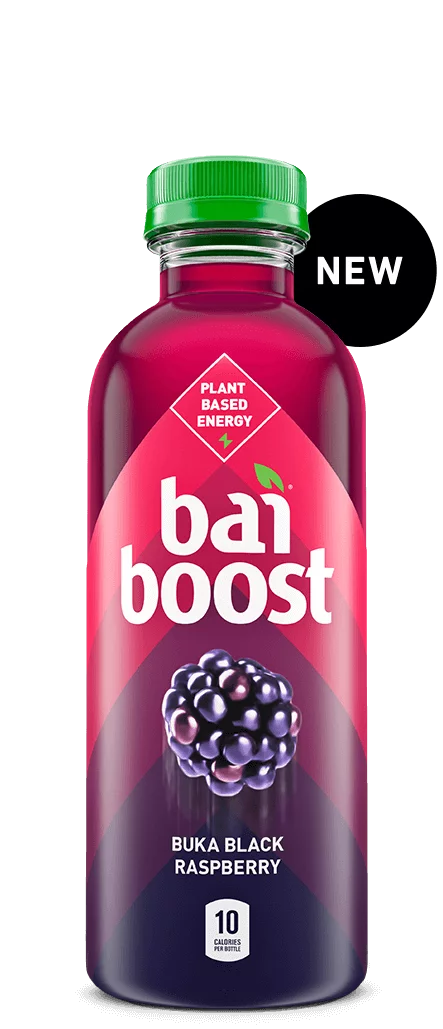
#Bai antioxidant drink plus
One gram of the whole coffee fruit (including the coffee bean inside) contains about 5 milligrams of caffeine, plus a variety of plant antioxidants often called “polyphenols”. Futureceuticals patents cover this method, as well as the production of products from the whole coffee fruit and powders/extracts/concentrates thereof. However, a team from Futureceuticals developed methods for preserving and processing the fruit before it spoiled. The fruit of the coffee plant has always been considered waste because it spoils so quickly. While the shape, look, and size of the fruit are reminiscent of a cranberry, it has a flavor that is sweet and rather non-descript, perhaps one of the reasons that unlike most other fruit, it is most often discarded in favor of its seed.” *slow clap* Coffeefruit extract – a food waste triumphĬoffeefruit, as explained beautifully by BevNet, is “…that part of the coffee plant that, much like other fruit, surrounds, nourishes and protects the coffee bean. They are not ashamed of food science, and answer some common questions about antioxidants and other ingredients in a way that is both entertaining and informative. is a Level 2 energy drink (See the whole presentation) ♦THE INGREDIENTS Ingredients for Brasilia Blueberry: Drink Bai product pageīefore we discuss two of the most interesting ingredients in B.A.I, I give a respectful nod to Bai for explaining the science behind their products in such detail on their site.

Brian Wansink and the Cornell University Food and Brand Lab have repeatedly shown that the amount of food people consume is more influenced by the size of the container than the size of their appetites. In other words, this product contains only 2 milligrams less caffeine than a standard (8.4 ounces) can of Red Bull!Ounce-per-ounce, Red Bull is more concentrated, but I compare the content of the whole container because that’s the amount people actually consume. This product contains 35 milligrams of caffeine per 8-ounce serving, and with an unusual 18-ounce bottle, there are 78 milligrams of caffeine per container. This product exemplifies why I get so upset when people talk about how unhealthy energy drinks are. Nowhere on the label will you find the words “energy drink”, and yet this self-proclaimed “Antioxidant Beverage” is not quite a tea, nor juice. Though other flavors are available, “Brasilia Blueberry” is my favorite (shocker to those of you who have noticed the predominance of blueberries in the other Energy Drink of the Month posts).

The Energy Drink of the Month for February 2016 is Bai Antioxidant Infusion®. After reviewing the food science of B.A.I.’s most interesting ingredients, we’ll compare the “healthiness” of this product to other tea-based beverages and similar energy drinks. Coffeefruit is not an ingredient many people have heard of, but its story of discovery is a shining example to those concerned about food waste. Bai Antioxidant Infusion (HENCEFORTH ‘ B.A.I.’) is an “energy drink in disguise’ with only 35 mg caffeine, and a novel blend of white tea, polyphenols, and coffeefruit extract.

Bai Antioxidant Infusion is one of those “energy drinks in disguise” I love reviewing because it breaks the norm AND withstands a food scientist’s ingredient scrutiny.


 0 kommentar(er)
0 kommentar(er)
